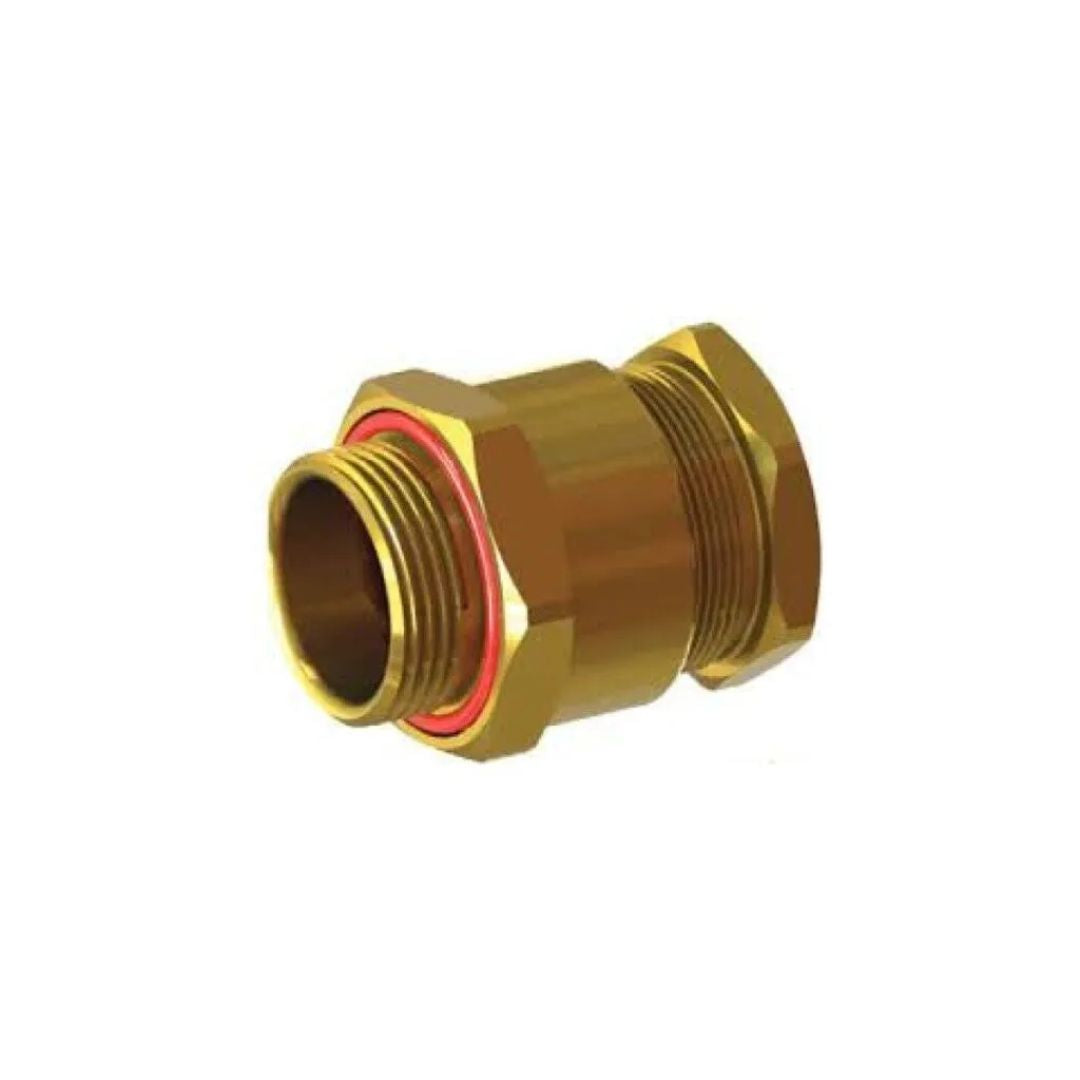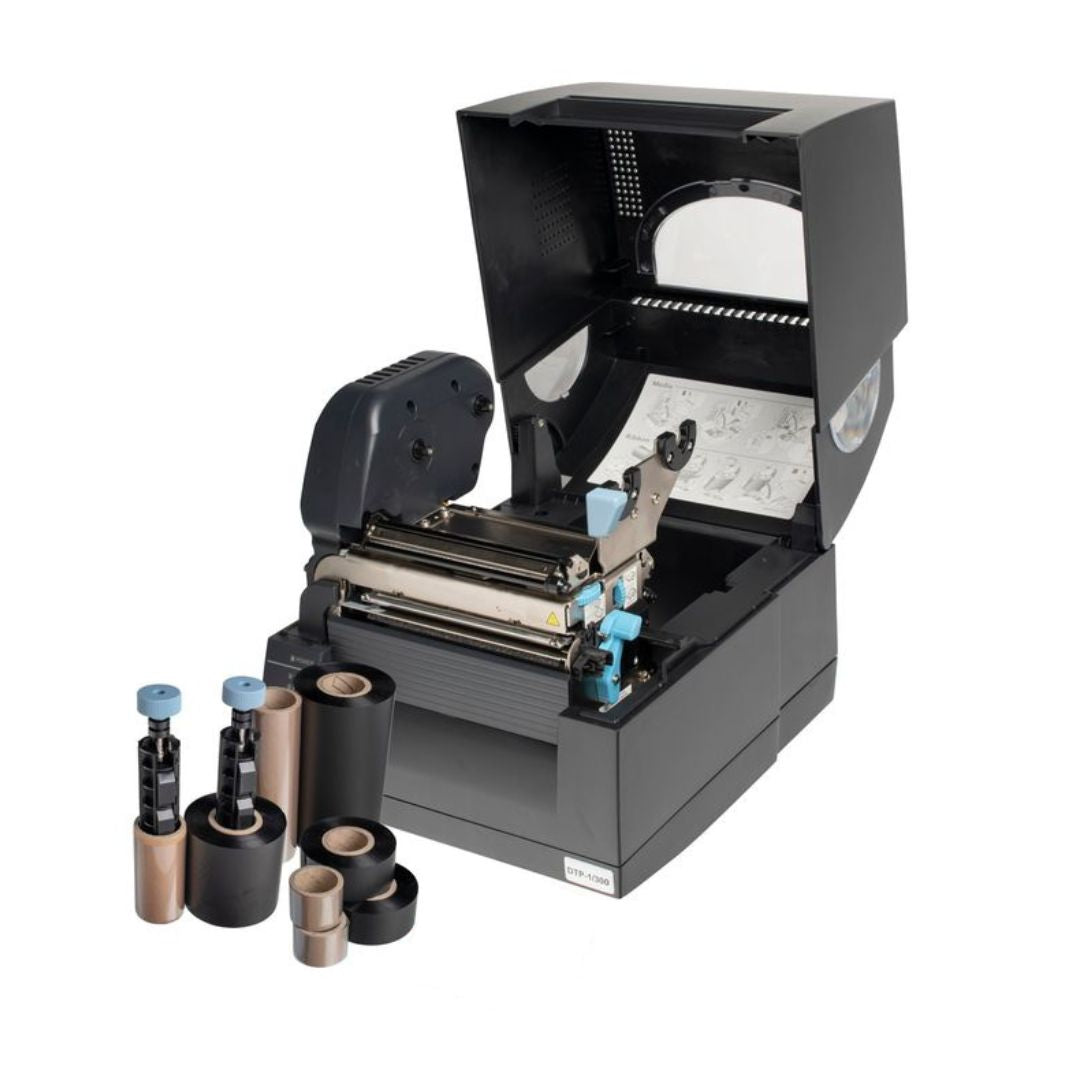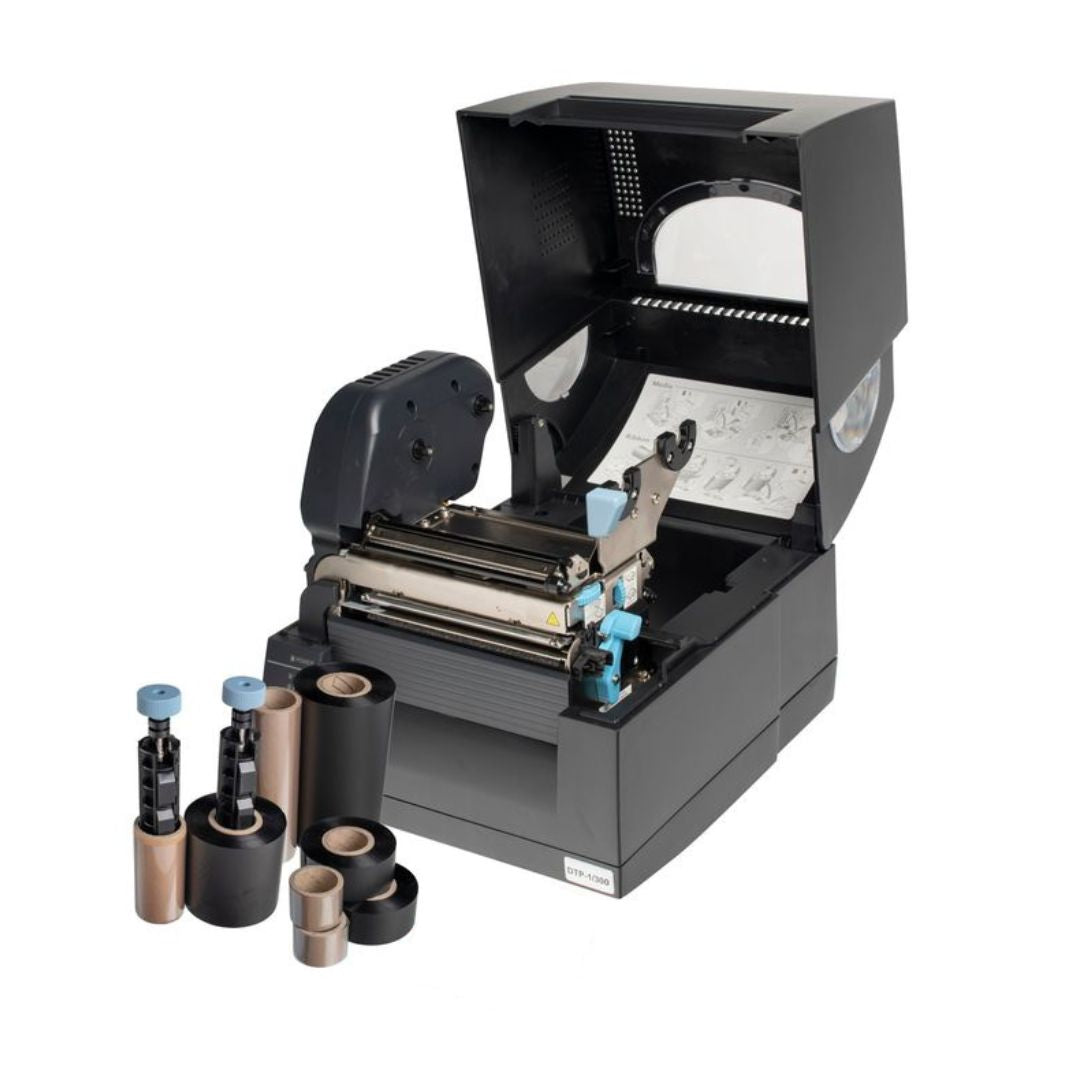What is a Cable Gland?
By definition, a cable gland is considered a ‘mechanical cable entry device’. A cable gland is a device that attaches to the end of an electrical cable to secure it to a piece of equipment. Cable glands are also commonly referred to as cable connectors, cable fittings, cord grips, and cable strain reliefs. They are mainly used on cables which have diameters between 1mm and 75mm. The cable gland can provide strain relief and can either connect to the aluminium sheath of a cable or they can make the electrical connection to the braid and aluminium sheath of the cable.
Cable Gland Uses
For cable management, cable glands perform several required roles. They are able to provide earthing, grounding, bonding, insulation, and strain relief. They can also seal cables that pass through bulkheads of gland plates. Cable glands are able to repel external contaminants such as dirt, dust, or fluid, and can contain an electrical spark or a flame. Beyond that, simply stopping the cable from becoming pulled or twisted is within the cable gland’s remit. The main function of the cable gland is to be a sealing device which acts to ensure the protection of enclosures on electrical equipment, including by rendering safe different aspects like:
- Earth continuity. For an armoured cable, if the cable gland has a metallic construction it can be tested to ensure their ability to withstand any peak sort circuit fault currents.
- Holding force. On the cable, it acts to ensure that only an adequate level of resistance is allowed.
- Environmental protection. They seal in the outer cable sheath, making sure that nothing can reach the enclosed area, such as dust or water.
- Additional sealing. Cable glands provide additional levels of sealing where there is a need for high ingress protection.
- Additional environmental sealing. At the cable entry point, cable glands can maintain the ingress protection rating of the enclosure.
Types of Cable Glands
There is a multitude of options that allows the user to choose the right cable gland for their needs. The environment that it needs to be installed into will play the ultimate decision point, and factors that should be considered when choosing a cable gland include whether it is for indoor or for outdoor use, whether or not it will be in an explosive or hazardous environment, will it be in a safe industrial zone, are the surrounding areas going to be dusty or damp, and whether there are any corrosive materials or gases nearby. Depending on your answers to these questions, your preferred cable gland might require protective coating or plating.
Depending on what type of cable the gland is for, it will require a specific choice. For instance, requirements for unarmoured cables are different than requirements for armoured cables, with armoured cables having an extra protective layer for damage prevention. This could include single wire armour, pliable wire armour, double steel tape armour, or braided armour. For unarmoured cable glands, they are more basically designed than armoured cable glands. Unarmoured types might not have a seal or might just have a single or a double outer seal. An unarmoured cable gland is used for fixed installations that do not have a risk of mechanical damage.
Regardless of the type of cable gland your project dictates being required, consideration still has to be given to other factors, such as the diameter of the cable, the construction size, and the cable’s material. In addition to these points, an armoured cable will require further considerations, including the diameter of the lead covering and the inner bedding, the cable armour’s short circuit rating, and the size and type of armour braid.
Various Cable Gland Materials
Different materials that cable glands are made of will have different levels of performance, as depends on the type of application that they will be used in, the environment it will be in, and the type of cable itself. Different types include metal and plastic. Metal cable glands have a wide ranging use across many applications, including areas that have high demand on chemical and mechanical stability, use in the chemical industry, and across technology. Advantages of metal cable glands are their durability over long periods of time, their ability to last through wet conditions, and the rigid stability of metal.
Plastic cable glands are used across a wide range of applications. Plastic makes the cable gland saltwater resistant, as well as being resistant to weaker acids and grease.
Brass cable glands – These are commonly used for controlling devices, measuring devices, in machinery, and within medical equipment. They are resistant to corrosion and have good thermal and electrical conductivity.
Nylon cable glands – These are commonly used for instrumentation, data cables, electrical power, and telecommunication. They are ideal for flexible cables, where high strain relief is required, and can bear an IP rating of 68, which is the highest possible rating.
Types of Cable Gland Mounting
Cable gland mountings can include flanged, bolted, nuts, threads, adhesive, or compound. Depending on the environment they are used in, additional options include being fire and explosion-proof, shielding from EMI and RFI to reduce electromagnetic or radio frequency interface. Romex cables will have to have cable glands that have romex connections, and some have wire mesh for additional strain relief. They can also be liquid-tight, to protect against any water or oil penetrating them.
Cable Gland Safety
Cable glands have a rating system that ensures the buyer understands what they are buying. The Ingress Protection Marking (IP) rates each type of cable gland depending on the design and efficiency of the gland in different type of tasks. Ratings can go up to IP69K. Cable glands sold in Europe are also covered by the European standard for Cable Glands, EN50262. National and international codes of practice should be checked to ensure that any cable glands used are in compliance with local codes, especially where cable glands will be used near explosive materials.
Choosing the Best Cable Gland for Your Needs
There are a number of considerations that need to be covered when choosing which type of cable gland is best for you. These can include:
- How large is the wire hole diameter and is it big enough to house all cables in the system?
- Is there a sufficient cable diameter?
- Does the cable gland have a high enough pressure rating for your application?
- Is the diameter of the mounting hole large enough?
- What is the depth and size of the gland thread metric?
- Does it need and stopper plugs to close off unused cable entries?



